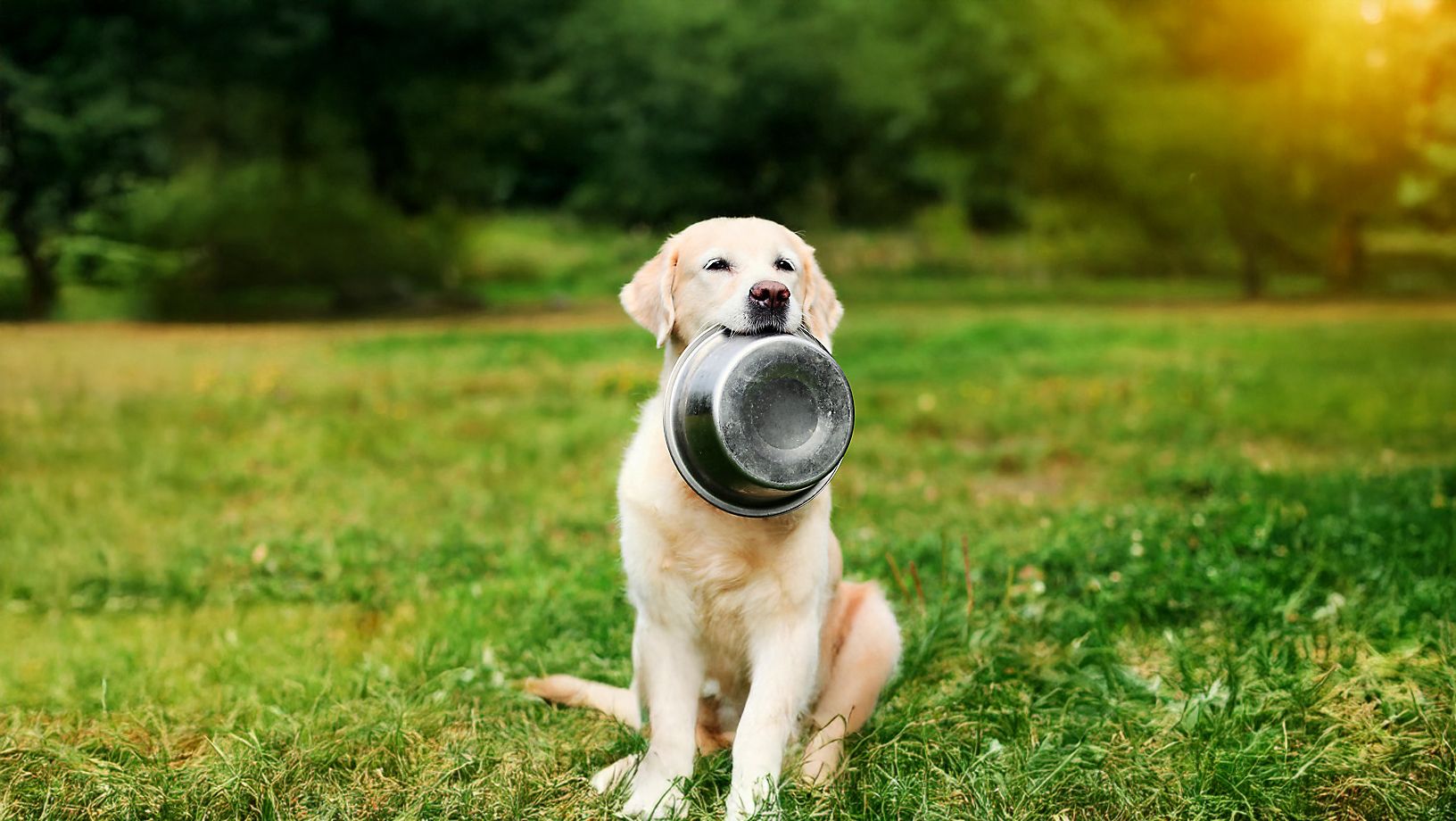The Dish: What to Know About Dog Bowls

In this Article
A dog bowl is a dog bowl, right? Not always. If you have picky, pushy or sloppy pets, the right dish can make your life — and theirs — easier.
All dog dishes should be washed after each meal with hot, soapy water. Water dishes should be washed once a day, also with hot, soapy water.
Stainless steel
A dishwasher-safe, durable, and lightweight option; this doggie-dish material is often recommend by veterinarians.
Ceramic
A good choice for dogs that push their bowls across the floor when they eat or drink. Ceramic dishware must be cleaned daily, as the surface has tiny pores bacteria can get into. Always replace a bowl if it cracks, because any surface damage will attract bacteria.
Weighted
Another option for dogs that push or tip their dishes over. These bowls usually feature a heavy, wide base.
Plastic
Colorful and inexpensive, plastic is an excellent option unless your pup is a chewer and might accidentally ingest a piece of it.
For “long-eared” pups
Breeds like Basset Hounds, Cocker Spaniels and Afghans have long ears that may dip into their food or water. Try a specialty dish that’s deeper with a narrower opening to help keeps your dog’s ears out of the bowl, for a tidier meal.
Heated
If you live somewhere chilly, using a heated dish keeps ice from forming on top of your dog’s water.
Self-feeding and self-watering
These automated dishes let dogs help themselves. A self-watering dish is a great way to make sure there’s always fresh water available. A self-feeding dish is a smart choice if there’s a possibility you won’t be home for your dog’s regular mealtime. Watch out if you have the kind of dog who never stops eating; a self-feeder isn’t the right choice.

